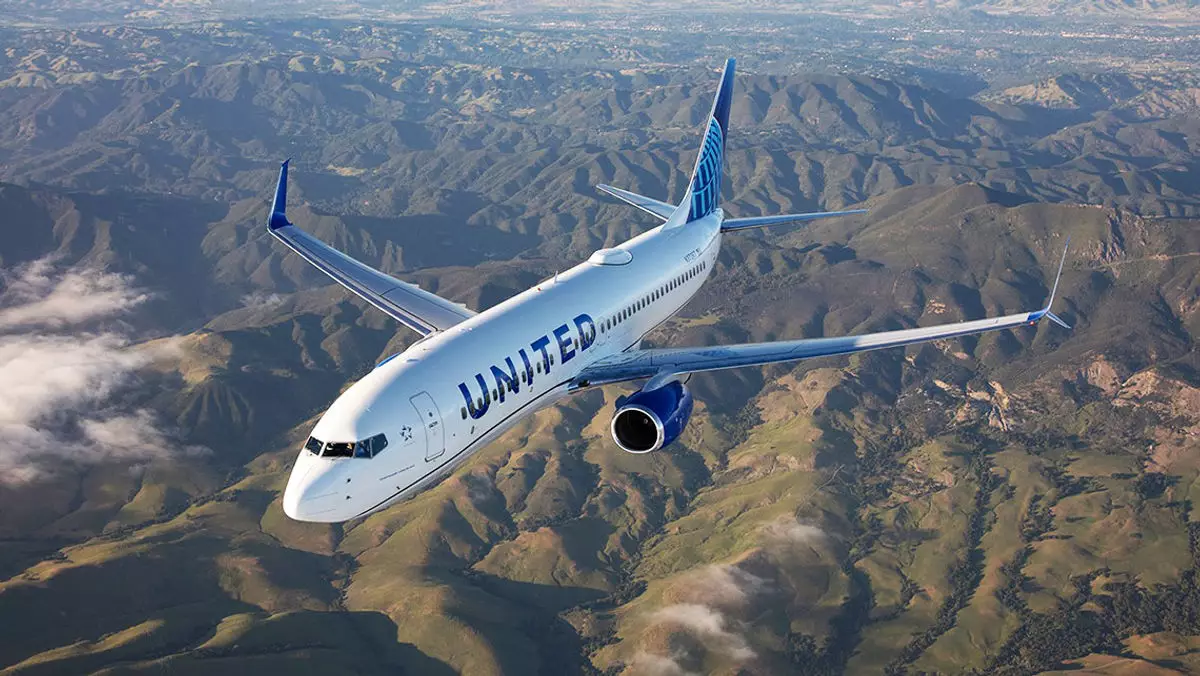The aviation industry faced unprecedented challenges during the Covid-19 pandemic, forcing airlines to reevaluate their strategies and adapt to a changing environment. In this context, United Airlines has emerged as a think tank for innovative approaches to airline management. During the company’s Q4 earnings call, CEO Scott Kirby highlighted the success of United’s post-pandemic strategies, shedding light on their long-term potential. This article will dissect Kirby’s statements, examining United’s strategic pivots, performance metrics, and the broader implications for the airline industry.
Post-Covid, United Airlines invested heavily in international routes, expanding their service network significantly. Kirby articulated that this increase in global connectivity was not merely a reactive measure but a calculated decision aimed at boosting revenue through diverse passenger demographics. The airline also focused on selling more basic economy seats on domestic flights, effectively carving a niche in the competitive lower-cost fare market. As the airline adapts to post-pandemic realities, this dual approach aims to enhance market share both in domestic and international arenas.
Additionally, Kirby noted plans for enhanced capacity using larger aircraft, like the Airbus A321neo, through the ongoing decade. This move not only optimizes operational efficiency but also improves customer experience by providing more seating options. By aligning the fleet with evolving passenger preferences, United demonstrates a commitment to fostering loyalty through customer-centered improvements.
Navigating Competitive Waters
United Airlines’ competitive stance has notably strengthened due to strategic foresight. Kirby pointed out that budget carriers are grappling with profitability challenges in the airline’s hub cities. The suggestion that low-cost carriers (LCCs) cannot sustain profitable operations in major metropolitan hubs underscores United’s significant market leverage. By fortifying its investment in hub infrastructure, United positions itself as a dominant player, specifically in regions where competition is intensified.
Kirby’s assertion—that the airline industry has undergone a transformation that United is leading—reflects a paradigm shift in the aviation landscape. This change manifests in consumer preferences as an increased demand for premium seating, a facet of the market that United is uniquely poised to capitalize on. By aligning service offerings with market trends, United aims to fortify its competitive position against LCCs that often focus solely on point-to-point travel.
The financial metrics shared by Chief Commercial Officer Andrew Nocella reflected a robust performance for United Airlines, particularly in international markets where revenue per available seat mile (RASM) outperformed domestic counterparts. In Q4, United recorded a 9.5% increase in passenger revenues across Europe and Latin America, evidencing a strong rebound in international travel demand.
Moreover, United’s overall revenue climbed to $14.7 billion—a notable increase of 7.8%—while the net income soared to $985 million for the quarter, amounting to a remarkable $3.15 billion throughout 2024. These figures paint a picture of resilience and forward-thinking strategy, endorsing United’s multifaceted approach. The mention of record-breaking revenue on peak travel days signals increased consumer confidence in air travel, fostering optimism for sustained growth in the coming quarters.
In a heartening acknowledgment, Kirby expressed gratitude to employees for their dedication and hard work, attributing the successful results to their collaborative spirit. The announcement of a $713 million profit-sharing payout serves as both a reward for employees and a strategic effort to bolster morale within the organization. Disseminating financial benefits among the workforce could engender a culture of loyalty and commitment, positioning United favorably for future endeavors.
Looking ahead, the vision articulated by United Airlines’ leadership encapsulates strategic adaptability in an unpredictable sphere. By recognizing the dynamics of a transformed industry and leveraging its robust hub structure, United is set to navigate the complexities of the aviation landscape adeptly. In an era characterized by rapid change, it will be intriguing to observe how United leverages its key strengths to reinforce its position as an industry leader while addressing evolving market demands.
United Airlines is a frontrunner in redefining its operational strategies in the wake of the Covid-19 pandemic. With a clear focus on international expansion, enhanced capacity, and understanding competitive dynamics, the airline is mastering the art of strategic innovation. As represented by its financial gains and customer-centric initiatives, the future appears promising for United Airlines as it boldly sails into the next chapter of its operational journey.


Leave a Reply